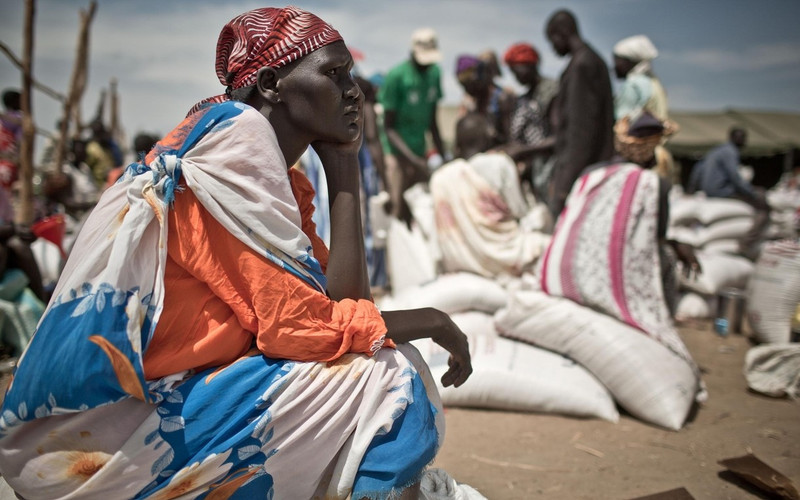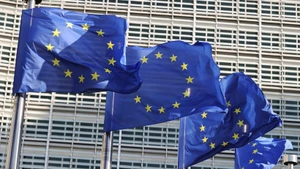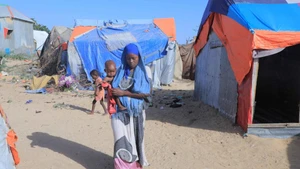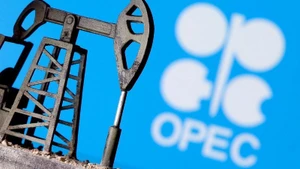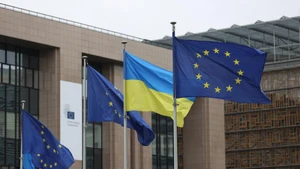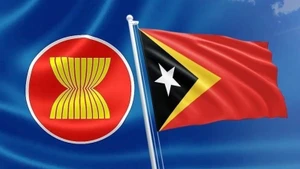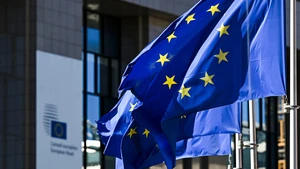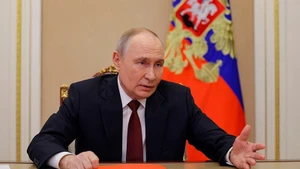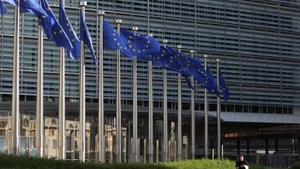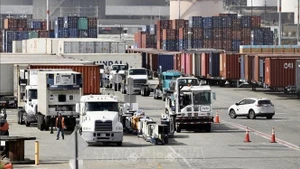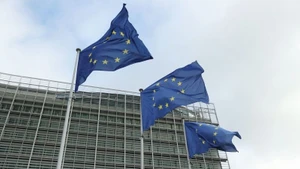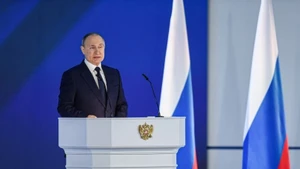The Kakuma and Dadaab refugee camps in Kenya provide shelter for nearly 800,000 Somali and South Sudanese refugees fleeing conflict, drought and poverty.
Coming from different regions, these hundreds of thousands of people share a common fate: forced to abandon their homes, living in makeshift refugee camps while depending on support from international humanitarian organisations.
Yet their door of hope is slowly closing. The World Food Programme (WFP) reports that because of dwindling resources, the organisation has been forced to reduce aid by up to 60% for the most vulnerable groups in the Kakuma and Dadaab refugee camps, including many pregnant women and people with disabilities.
In many places around the world, financial shortfalls for humanitarian operations have become the new normal. The WFP warns it will be forced to reduce food aid in South Sudan from September. Nearly 8 million South Sudanese face food insecurity, with 2.3 million children at risk of severe malnutrition - the highest level ever recorded in the country.
However, the WFP currently has sufficient resources to support only about 30% of those needing assistance. The UN High Commissioner for Refugees (UNHCR) has also been forced to cut emergency relief operations by 60% in Sudan, Chad and Afghanistan.
Against the backdrop of a volatile global economy, many countries are reducing their international aid spending.
Recently, Germany decided to cut its development aid budget to below 10 billion EUR, the lowest level since 2018. A US federal appeals court also upheld Washington’s continued cuts of billions of dollars in foreign aid.
As of early August, the United Nations had received barely 17% of the 46 billion USD needed to meet global humanitarian needs for 2025.
Global humanitarian aid is not only a lifeline of hope for vulnerable people worldwide, but also a key driver for improving public health, researching and treating diseases, providing clean water, and enhancing energy security. Therefore, decisions by countries to reduce or freeze aid threaten to disrupt global anti-poverty efforts.
Additionally, essential sectors such as healthcare, education, and nutrition are severely affected by widening financial gaps. Sub-Saharan Africa, already mired in conflict and poverty, is considered the most severely affected region, as most of its health budget depends on international aid.
The Africa Centres for Disease Control and Prevention reports that medical emergencies on the continent have surged recently. Financial constraints could reverse health improvements, pushing disease and death rates back to levels in the early 2000s.
Those supporting foreign aid cuts argue that this is the quickest way to reduce budget deficits while focusing resources on urgent domestic issues. However, this could be a double-edged sword for major powers that have traditionally used foreign aid as an effective tool to strengthen their soft power.
In the context of increasingly intense geostrategic competition, withdrawing aid could be seen as abandoning the playing field, allowing other countries to fill the gap and expand their influence.
The United Nations calls on the international community to fill these aid gaps and continue working towards the goal of building a better future for the world.
